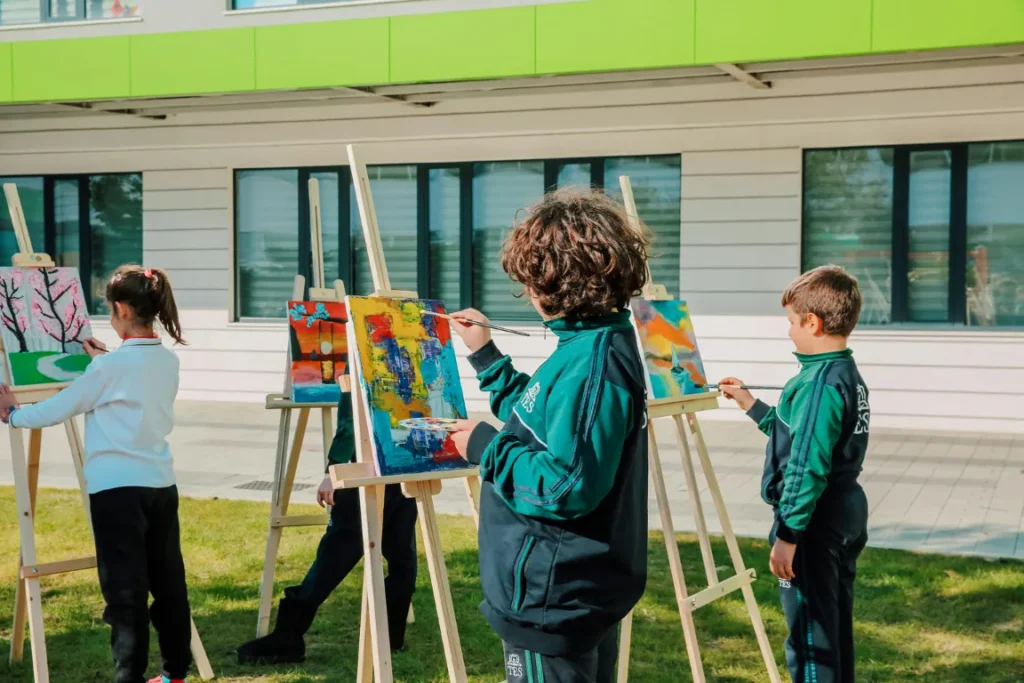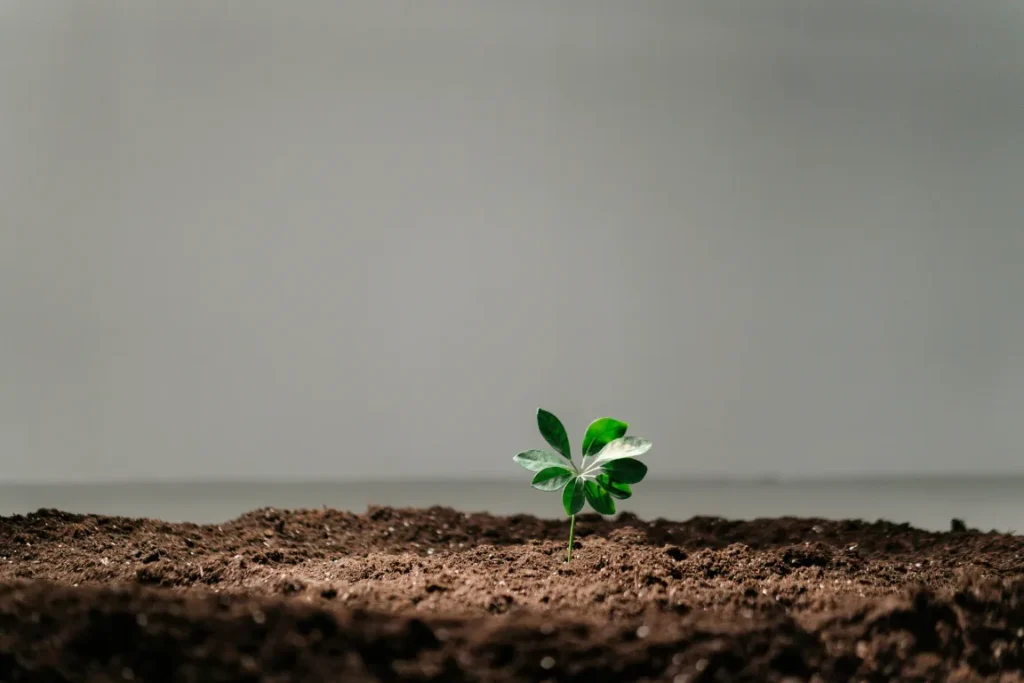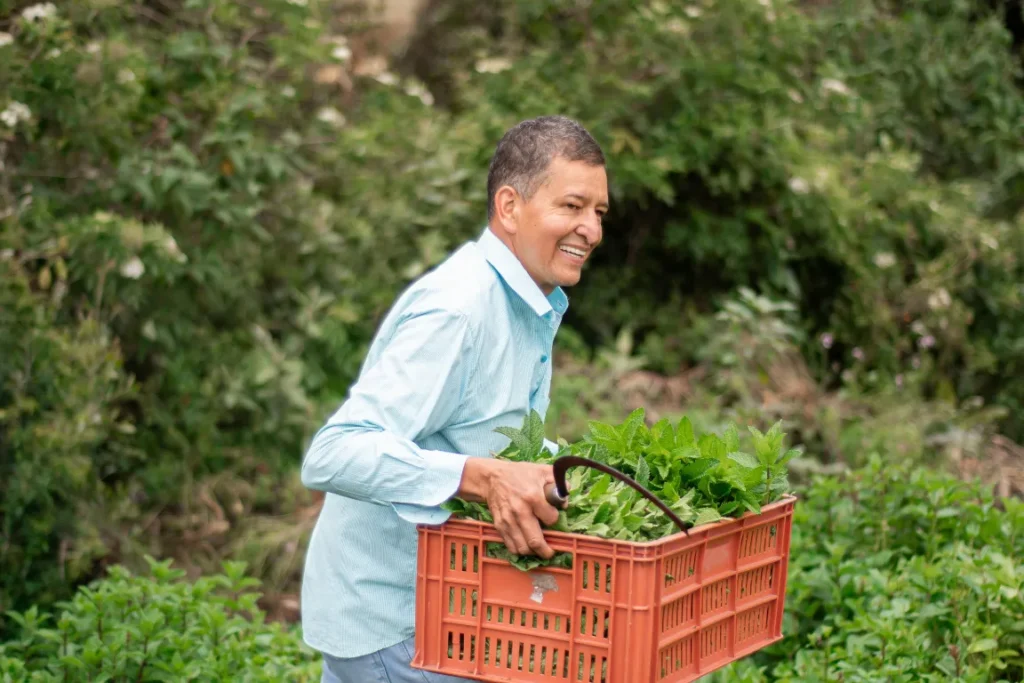Educational gardens are activities carried out in areas (real outdoor flowerbeds or more simply earthen pots) that are coming to life in several Italian schools, with the aim of educating children to respect the environment and develop in them a civic and naturalistic sense of life!
Interesting, no?
Never more than now, I would say!
We need it more than ever!
The educational garden is a real meeting point between the boring but necessary theory learned in the classroom and a more exciting and fun practical experience!
How many of us, during our primary school years, would have liked to spend our study hours in the middle of the green and under a nice, warm sun?
I remember that during my five years at primary school, in a glass building in the middle of a large hill,
I used to spend my history and maths lessons looking outside and calculating how much time was left for the phantom break or, more directly, the liberating departure from school at 4.30 p.m.
(and who can forget that time, firmly fixed in the minds of all children between the ages of 6 and 11!)
A personal, healthy relationship with nature
I admit: I have always had an unbridled need for direct contact with nature.
I hated the all-too-often repeated 'be careful you don't fall' and 'don't get dirty'.
Instead, I loved climbing trees, sitting directly on the ground (dry or wet),
searching for pine nuts to eat and touching any 'strange element' I might encounter along the winding path of a school garden!
So yes, with all my heart I would have loved to have had educational gardens to look after during my years as a 'good primary school pupil'!
Also because now I might have a better chance of succeeding in the plant world
and I wouldn't die within two weeks (and I'm optimistic) of every plant I try to bring into the house!
So what about these educational gardens?

Why all this enthusiasm?
Right! I'll explain in a moment!
During the course of the educational gardens, the pupils have the opportunity to acquire scientific knowledge,
about the growth of plants, types of seeds, fruit and vegetables, thanks to the various activities carried out in the open spaces; at the same time,
they are able to put into practice the mathematics, biology and natural sciences they have learnt,
thus linking their various activities to the real world.
Spaces we would have liked for all of us
How much fun would it have been to design a vegetable garden with our classmates?
How much would we have argued with the obnoxious guy at the reception about the best time to plant a particular plant?
And what about the competitions we would have had with the group in the next class over the English names of vegetables?
Oh yes, there would have been plenty of 'I'm right'!
We would all agree that teaching outside the classroom is is a more than entertaining way for children
(and therefore effective)
to learn about their local area, the community and the importance of collective goods.

Getting people to understand the importance of nature and to value the biodiversity of each ecosystem is still one of the biggest challenges we have to fight,
as the current decisions of our politicians are not helping!
That strange concept called "inclusion"
From the activities I have mentioned, we can certainly understand how educational gardens are an extremely important tool for inclusion.
Indeed, it turns out to be an activity that emphasises the involvement and integration of ALL participants,
leading to the building of bridges between differences and teaching the wonderful and sacrosanct value of interconnectedness!!
Teaching gardens thus become places where cultural diversity becomes a resource for the learning process through the telling of stories and relationships between plants and people.
Through the creation of their own gardens, children learn to respect natureto appreciate biodiversity,
and to understand the importance of sustainable resource management!
Stop, sit down and observe!

We have entered an era in which we are more and more oriented towards technology
(a holy hand in many areas: I for one work in it)
but we have to admit that this world leads us to an increasingly hectic type of life,
where we no longer know what it means to wait, to sit and observe!
Educational gardens, on the other hand, have precisely this role to play:
they become a means of teaching young people to rediscover the profound value of the land and the pleasure of waiting for natural cycles,
thus preparing them to become responsible citizens, attentive to their neighbours and to life itself!
This can only have a positive impact on the health and well-being of the students:
But that's not all!
You know all those large spaces you see when you drive along, completely abandoned, ugly and lifeless?
Well, some schools have come up with a brilliant idea, to say the least:
they have decided to breathe new life into these spaces by creating wonderful, cosy teaching gardens within them.
Can you imagine the reaction of the children to such a decision?
It is a wonderful example of respect for each and every resource on our planet!
All this leads the children to understand what it means to respect the earth,
to understand that it is a generous 'mother' to be protected and not just a lifeless support to be exploited ad infinitum!
A meeting between generations

But what about the great idea of involving the grandparents of the students in the creation and management of the educational gardens?
The grandparents not only teach the children how to sow and plant,
but also share their personal experiences, pass on the history of the plants and help to strengthen meaningful links between the generations.
And all of this, I would argue, can only enrich the experience of all children in schools!
But now let's sum up!
We have seen that educational gardens are truly multidisciplinary and intergenerational educational spaces,
where the familiar study activities are combined with the more engaging manual, creative and imaginative activities
that are fundamental to growth and developing altogether of new minds!
In this world of creation and fun, young and enthusiastic minds not only learn the art of growing,
but are also given space and time to understand and develop a sense of responsibility and respect for the environment!
The plant world and all its related realities thus become the beating heart of learning that goes beyond the traditional confines of the classroom,
creating fertile ground for the full growth of young individuals in parallel with the new, healthier communities they will go on to build!

Leave a Reply